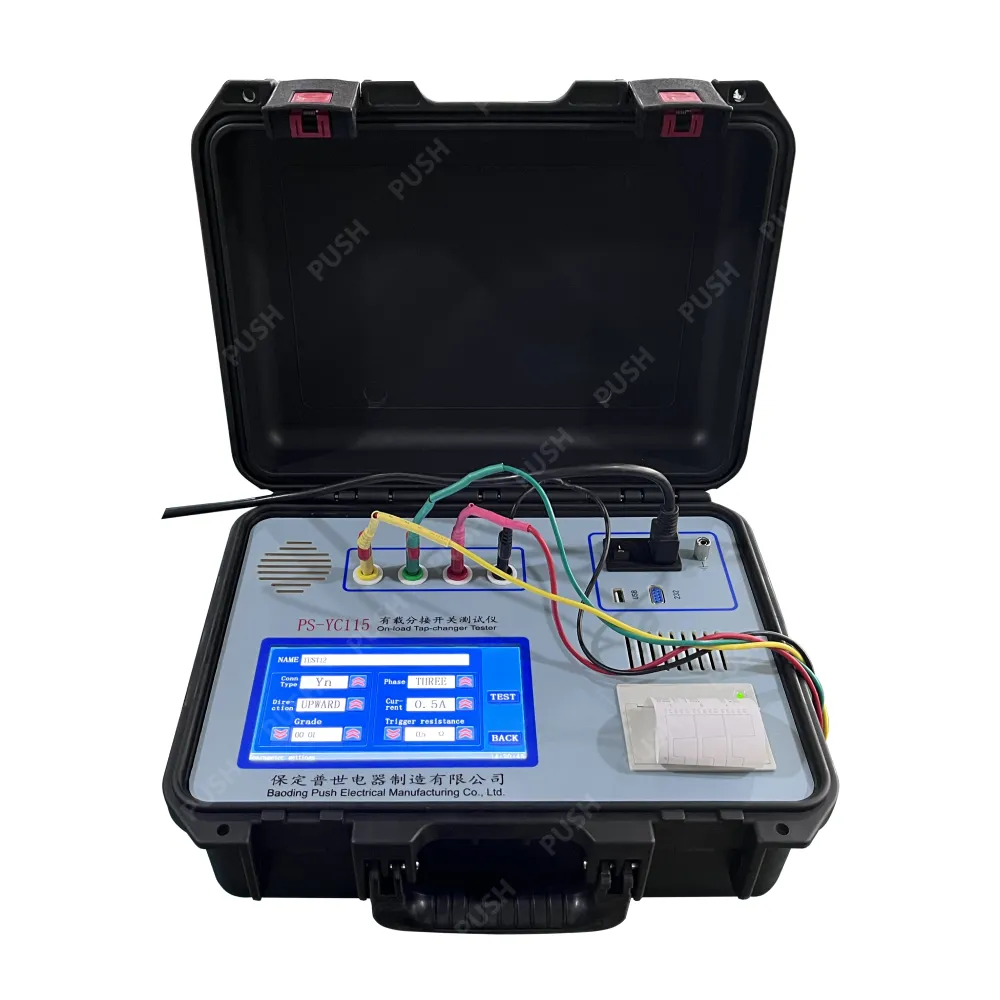 English
English



-
 Afrikaans
Afrikaans -
 Albanian
Albanian -
 Amharic
Amharic -
 Arabic
Arabic -
 Armenian
Armenian -
 Azerbaijani
Azerbaijani -
 Basque
Basque -
 Belarusian
Belarusian -
 Bengali
Bengali -
 Bosnian
Bosnian -
 Bulgarian
Bulgarian -
 Catalan
Catalan -
 Cebuano
Cebuano -
 China
China -
 China (Taiwan)
China (Taiwan) -
 Corsican
Corsican -
 Croatian
Croatian -
 Czech
Czech -
 Danish
Danish -
 Dutch
Dutch -
 English
English -
 Esperanto
Esperanto -
 Estonian
Estonian -
 Finnish
Finnish -
 French
French -
 Frisian
Frisian -
 Galician
Galician -
 Georgian
Georgian -
 German
German -
 Greek
Greek -
 Gujarati
Gujarati -
 Haitian Creole
Haitian Creole -
 hausa
hausa -
 hawaiian
hawaiian -
 Hebrew
Hebrew -
 Hindi
Hindi -
 Miao
Miao -
 Hungarian
Hungarian -
 Icelandic
Icelandic -
 igbo
igbo -
 Indonesian
Indonesian -
 irish
irish -
 Italian
Italian -
 Japanese
Japanese -
 Javanese
Javanese -
 Kannada
Kannada -
 kazakh
kazakh -
 Khmer
Khmer -
 Rwandese
Rwandese -
 Korean
Korean -
 Kurdish
Kurdish -
 Kyrgyz
Kyrgyz -
 Lao
Lao -
 Latin
Latin -
 Latvian
Latvian -
 Lithuanian
Lithuanian -
 Luxembourgish
Luxembourgish -
 Macedonian
Macedonian -
 Malgashi
Malgashi -
 Malay
Malay -
 Malayalam
Malayalam -
 Maltese
Maltese -
 Maori
Maori -
 Marathi
Marathi -
 Mongolian
Mongolian -
 Myanmar
Myanmar -
 Nepali
Nepali -
 Norwegian
Norwegian -
 Norwegian
Norwegian -
 Occitan
Occitan -
 Pashto
Pashto -
 Persian
Persian -
 Polish
Polish -
 Portuguese
Portuguese -
 Punjabi
Punjabi -
 Romanian
Romanian -
 Russian
Russian -
 Samoan
Samoan -
 Scottish Gaelic
Scottish Gaelic -
 Serbian
Serbian -
 Sesotho
Sesotho -
 Shona
Shona -
 Sindhi
Sindhi -
 Sinhala
Sinhala -
 Slovak
Slovak -
 Slovenian
Slovenian -
 Somali
Somali -
 Spanish
Spanish -
 Sundanese
Sundanese -
 Swahili
Swahili -
 Swedish
Swedish -
 Tagalog
Tagalog -
 Tajik
Tajik -
 Tamil
Tamil -
 Tatar
Tatar -
 Telugu
Telugu -
 Thai
Thai -
 Turkish
Turkish -
 Turkmen
Turkmen -
 Ukrainian
Ukrainian -
 Urdu
Urdu -
 Uighur
Uighur -
 Uzbek
Uzbek -
 Vietnamese
Vietnamese -
 Welsh
Welsh -
 Bantu
Bantu -
 Yiddish
Yiddish -
 Yoruba
Yoruba -
 Zulu
Zulu
tan delta test for dry type transformer
Tan Delta Test for Dry Type Transformers
The tan delta test, also known as the power factor test, is an essential diagnostic tool utilized in evaluating the insulation condition of electrical equipment, particularly in dry type transformers. A dry type transformer, as opposed to liquid-filled transformers, employs air as the cooling medium, making them suitable for certain applications where environmental conditions need to be considered. Understanding the insulation integrity of these transformers is paramount for ensuring their reliable operation, lifespan, and safety.
Importance of the Tan Delta Test
The tan delta test measures the dielectric loss of the insulation material used in transformers. The term “tan delta” refers to the tangent of the loss angle, which indicates how much of the voltage applied is lost to heat rather than being used for useful work. This test provides vital information on the insulation health, helping to identify potential failures before they result in catastrophic issues. A high tan delta value can indicate the presence of moisture, dust, contamination, or degradation of the insulation system, all of which can significantly affect the transformer’s performance.
Procedure for Conducting the Test
The tan delta test is typically performed under the following conditions
1. Preparation Before starting the test, it is crucial to ensure that the transformer is de-energized and properly grounded. This ensures safety for personnel and equipment.
2. Application of Voltage The testing device applies an AC voltage to the transformer’s windings. It operates usually at the rated voltage, allowing for an accurate assessment of insulation performance under normal conditions.
tan delta test for dry type transformer

3. Measurement of Current The test device monitors both the capacitive current and the loss (or leakage) current. These readings are necessary to calculate the tan delta by comparing the two currents.
4. Calculation The ratio of the loss current to the capacitive current is calculated to derive the tan delta value. This value is expressed as a percentage, with lower percentages indicating better insulation health.
Interpretation of Results
Interpreting the tan delta results is critical for identifying insulation problems. Generally, a tan delta value below 0.5% is considered acceptable for dry type transformers, while values above this threshold may suggest insulation deterioration. It is essential to compare the test results with the manufacturer’s specifications and historical data of the transformer to identify any trends over time.
Benefits of Regular Testing
Regular tan delta testing enables proactive maintenance strategies rather than reactive ones. By routinely assessing the condition of dry type transformers, utilities and facility managers can schedule repairs or replacements as needed—preventing unexpected failures that could lead to operational downtime, costly repairs, and even safety hazards.
Conclusion
The tan delta test is a vital component of the maintenance regime for dry type transformers. As electricity distribution networks and industrial processes increasingly rely on these transformers, ensuring their insulation integrity through systematic testing becomes more critical than ever. By utilizing this diagnostic tool, stakeholders can make informed decisions that enhance reliability, optimize performance, and extend the lifespan of these essential components in electrical systems. Regular testing ultimately promotes safety, efficiency, and cost-effectiveness in operations involving dry type transformers.
-
Testing Equipment Industry Sees Major Advancements in 2025: Smart & Precision Technologies Lead the WayNewsJun.06,2025
-
Applications of Direct Current Generators in Renewable Energy SystemsNewsJun.05,2025
-
Hipot Tester Calibration and Accuracy GuidelinesNewsJun.05,2025
-
Digital Circuit Breaker Analyzer Features and BenefitsNewsJun.05,2025
-
Benefits of Real-Time Power Quality Monitoring Devices for Industrial EfficiencyNewsJun.05,2025
-
Earth Fault Loop Testing in High-Rise Building Electrical SystemsNewsJun.05,2025



